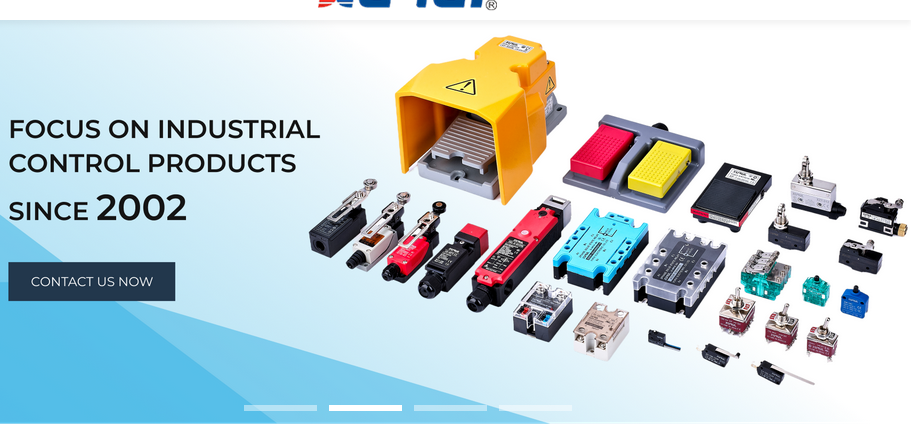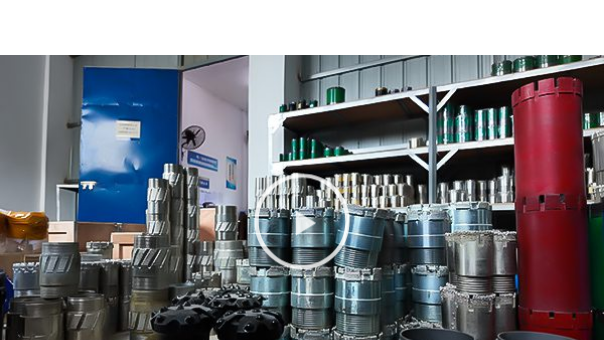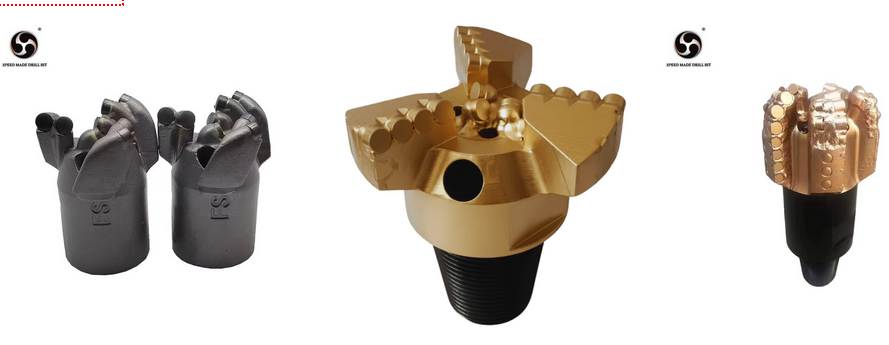
When you flick on a light, start your car, or use an industrial machine, there’s a good chance you’re interacting—directly or indirectly—with relays and switches. They might be small in size, but these components are the unsung heroes of electrical control, quietly managing the flow of power and signals in everything from household electronics to advanced automation systems.
Whether you’re a DIY enthusiast, an engineer, or simply curious about how things work, understanding how relays and switches operate can help you make better decisions when designing, repairing, or upgrading electrical systems.
What Are Relays and Switches?
Before diving into the details, let’s define them:
Switches are manually or mechanically operated devices that open or close an electrical circuit. Think of a light switch—it stops or allows current to flow.
Relays are electrically operated switches. Instead of a person flipping them, they’re triggered by an electrical signal. They use an electromagnetic coil to open or close one or more sets of contacts.
While switches require direct human or mechanical input, relays respond automatically to signals—making them essential for automation, remote control, and safety systems.
Key Differences Between Relays and Switches
Although both serve to control circuits, their operation and applications differ:
FeatureSwitchesRelaysActivationManual or mechanicalElectrical signalSpeedInstant (by human action)Faster, consistent, and repeatableControl DistanceLocal onlyCan be controlled remotelyComplexitySimple mechanismMore complex, with coil and contactsApplicationsHousehold, small electronicsAutomotive, industrial, automation
Why They Matter in Everyday Life
From the moment you wake up to when you go to bed, relays and switches are quietly at work:
Home appliances: Microwaves, washing machines, and coffee makers all use switches and sometimes relays for timed operations.
Automotive systems: Relays control headlights, starter motors, and fuel pumps without requiring heavy current to pass through the dashboard switch.
Industrial automation: Factories use relays to control motors, conveyors, and safety mechanisms.
Smart technology: Modern devices often integrate relays with sensors to automate lighting, climate control, and security.
Choosing the Right Component for the Job
When deciding between a relay and a switch, consider:
Control Needs – Do you want manual control (switch) or automated control (relay)?
Current Load – Relays are often better for high-current circuits because the control circuit can be kept separate from the high-power load.
Safety – Relays can isolate control systems from dangerous voltages.
Durability – For frequent operation, relays can be more reliable since they’re designed for repetitive switching without human intervention.
The Role of Relays and Switches in Modern Technology
As technology advances, relays and switches have evolved from simple mechanical devices into sophisticated, high-precision components. Some trends include:
Miniaturization – Smaller components for compact devices.
Smart integration – Switches with built-in sensors or relays that connect to wireless networks.
Energy efficiency – Low-power relays and switches that reduce energy waste in standby modes.
Durable materials – Improved contact surfaces and housings that extend life spans even in harsh environments.
Maintenance Tips for Long-Lasting Performance
Even the best relays and switches require care:
Keep them clean – Dust and debris can cause poor connections or sticking.
Avoid overloads – Exceeding current ratings can burn contacts.
Check for wear – Mechanical switches may loosen over time; relays can experience coil or contact wear.
Test regularly – In critical systems, periodic testing ensures components still operate reliably.
Conclusion
Relays and switches are more than just on/off devices—they are essential control points in countless electrical systems. Whether you’re working on a home improvement project, troubleshooting industrial equipment, or designing the next big innovation, understanding their functions and differences can help you choose the right solution for the job.




Write a comment ...